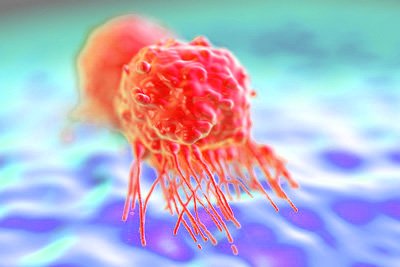Predicting cell changes that affect breast cancer growth
Posted: 3 May 2016 | Victoria White, Digital Content Producer | No comments yet
Scientists have shown how small structural changes in a key breast cancer receptor can produce predictable effects in curbing or accelerating cancer growth…


Using a broad spectrum of analytical tools, scientists from the Florida campus of The Scripps Research Institute (TSRI) have shown how sometimes small, often practically imperceptible, structural changes in a key breast cancer receptor are directly linked to regulating molecules and can produce predictable effects in curbing or accelerating cancer growth.
This predictive statistical approach, moves science one step closer to the development of more effective structure-based drug design to treat the disease.
“Our long-term goal,” said team leader Kendall Nettles, an associate professor at TSRI, “is to be able to predict proliferative or anti-proliferative activity of receptor molecule complexes by identifying structural changes that lead to specific outcomes. In many cases, we can identify structural features that could help guide more effective drug development.”
To identify the root of oestrogen receptor (ERα) cell signalling that drives breast cancer cell proliferation, Nettles and his colleagues synthesised more than 240 oestrogen receptor binding molecules (ligands) that led the cancer to proliferate, using structural analysis to determine the basis for receptor activity.
Revealing mechanisms associated with tissue specificity
Many current drugs target signalling proteins like the oestrogen receptor. For example, the drug tamoxifen (Nolvadex, AstraZeneca) blocks the oestrogen receptor’s proliferative effects of naturally occurring oestrogen in breast cancer cells, but can increase the risk of endometrial cancer.
Research Associate Sathish Srinivasan pointed out the new research suggests that certain structural changes might be made to the binding pocket to eliminate this negative side effect. “Drugs like tamoxifen can have different effects in different tissues because of structural changes often not discernible using traditional methods,” Srinivasan said. “Our approach reveals some mechanisms associated with tissue specificity and several predictive structural features.”
To further test these signalling models, the team solved the atomic structure of some 76 different oestrogen receptor-ligand complexes to better understand these responses.
“We can predict some of these effects by measuring the distance between two specific carbon atoms of the oestrogen receptor,” said Research Associate Jerome Nwachukwu,.
Nettles concluded, “This is the first time we have been able to use these atomic structures to identify how very small changes from the ligands give different outcomes, leading us towards the goal of predicting which ligands are going to make the most effective treatments for breast cancer.”
Related conditions
Breast cancer
Related organisations
The Scripps Research Institute (TSRI)


